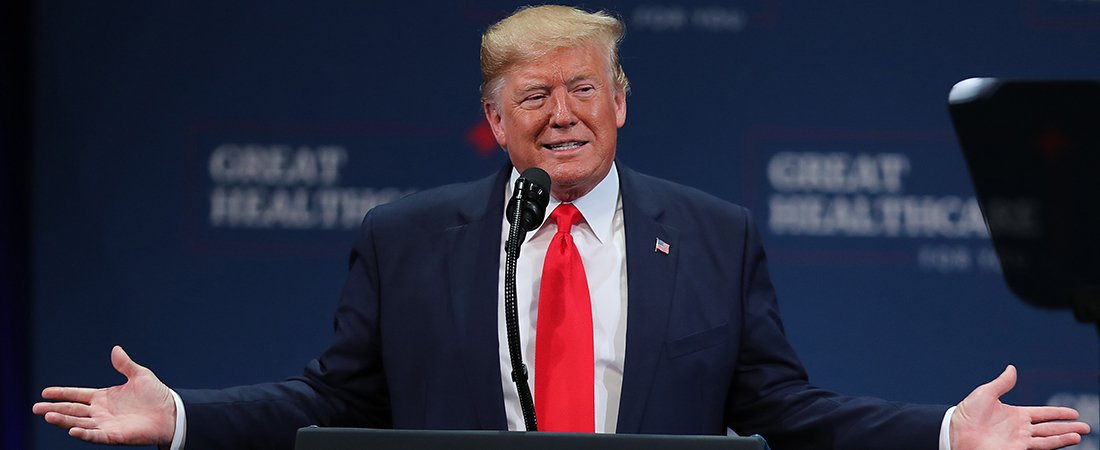Healthcare is and always has been one of the central topics brought to the fore during US elections. And in this election, more than ever, there is a real sense that dramatic healthcare restructuring is possible.
Despite being the world’s military and economic superpower, the US remains the sole industrialized nation to not have universal health coverage. But while Democratic candidates continue to spar over how to make this a reality, either by scrapping Obamacare or building on what’s already in place, a different type of health reform is being considered by both sides of the political aisle.
When President Trump assumed office in 2017, in addition to his pledge to repeal and replace Obamacare, he also promised to bring down drug prices. In his State of the Union address this year, he proclaimed that, “As a result of my administration’s efforts, in 2018 drug prices experienced their single largest decline in 46 years.” But factcheckers were quick to point out the error in this statement.
Drug prices in America are going up steadily and at times exponentially without any warning. In the first few months of this year, thousands of drug prices rose by an average of 10 per cent. Americans pay more for their health care than any other high-income country and during this election, whoever can make a convincing case for changing the status quo on healthcare stands a good chance of winning the White House.
What can be done?
One thing Democrats and Republicans can agree on is that Americans pay too much for drugs. Spending in the US reaches anywhere between $200 and $300 billion a year. To that extent, they have a clear common enemy: big pharma.
In September, Speaker of the House of Representatives Nancy Pelosi unveiled plans to lower prescription drug costs. Her proposal calls for the federal government to negotiate annual prices for the top 250 most expensive drugs on the market that don’t have at least two competitors. This negotiated price would be available not only for state run entities but also private insurers.
The costs would be pegged to prices for the same drug in other countries, which tend to be much cheaper, under what’s known as an “international price index” (IPI) or reference pricing.
An IPI isn’t a new concept and similar methods are widely used by other countries including France, Canada, Spain, Italy, Norway, Belgium, Brazil and South Africa. It is a way of ensuring that you aren’t caught out in a bad deal compared to other countries when prices are negotiated behind closed doors.
If you’ve been following along, you’ll know that around this time last year, President Trump’s administration also released plans to bring drug prices down by pegging prices to international equivalents through an IPI.
The problem is that IPI relies on a circular effect, with everyone looking to their neighbor for what they pay rather than basing costs on the clinical value to the patient or even the costs associated with developing the treatment.
Have other countries tackled pricing better?
Let’s look to countries that do consistently pay, on average, less than other economically similar countries – the UK and Germany. These two countries make it their mission not to peg their prices to other countries but instead seek an even lower price.
In the case of Germany, various bodies within their healthcare system work to ensure that new treatments that come to market are backed by evidence-based information on their efficiency and effectiveness. The price is then negotiated based around their findings as well as what they already have licensed.
In the UK, there is a cap on how much the National Health Service will spend each year on medicines. If the NHS spends more than the cap on medicines, companies have to pay a rebate to the government. New medicines often face cost effectiveness assessments which also play a role in maintaining downward price pressure, this is a trend which is emerging in the US.
There have been other ideas, of how to address this issue including proposals to display list prices of medicines in TV ads and ending secret rebates for middlemen. This is the approach that President Trump has taken. But these have been dashed or blocked in the courts.
This shouldn’t mean Americans should abandon all hope for IPIs to work, but this may not be the silver bullet they are hoping for to address this challenge.

